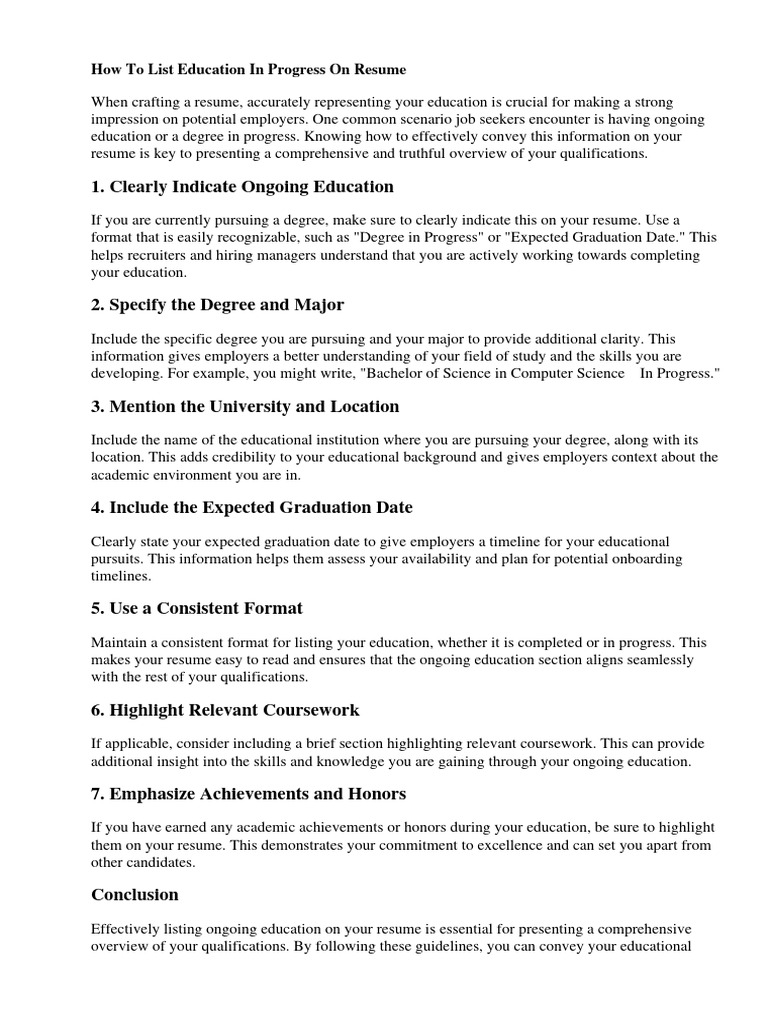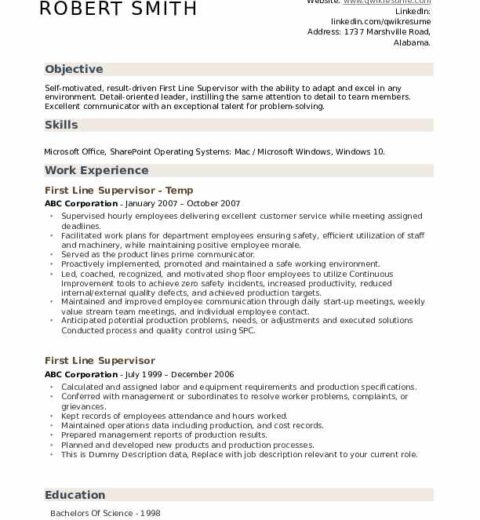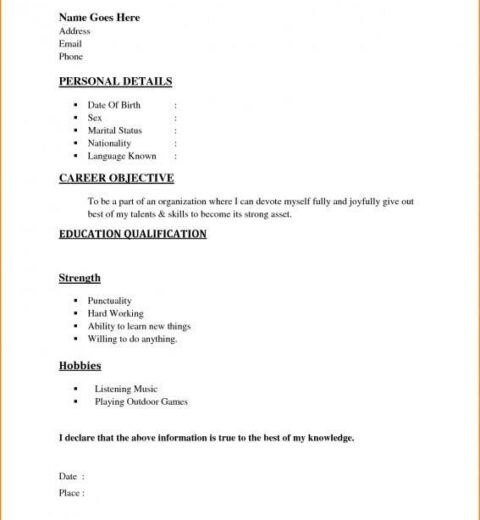Creating an effective resume is a critical step in the job search process, and one of the most important sections of a resume is the education section. How you list your education can significantly impact your candidacy, especially if you are a recent graduate or in the midst of pursuing further qualifications. Below is a comprehensive guide on how to effectively list your education on a resume to ensure it resonates with hiring managers and recruiters.
Understand the Purpose of Listing Education
The education section serves as a window into your academic credentials and qualifications. It demonstrates a commitment to learning and can be particularly telling about your expertise in a specific field. In cases where work experience may be limited, as with recent graduates, your educational background acts as a substitute to illustrate your potential. Therefore, it is paramount that this section is meticulously crafted and accurately conveys all relevant information.
When to Include Education
Education should be listed on your resume if it is relevant to the position you are applying for. For recent graduates, this section is vital as it provides context for skills and knowledge acquired. Conversely, professionals with extensive experience may choose to minimize the emphasis on education, especially if they possess significant work experience that overshadows their academic history. Nonetheless, irrespective of career stage, the education section should be present if it provides any additional value.
Formatting Your Education Section
Maintaining a clear and professional format is essential for the education section to enhance readability. Here are several formatting guidelines to follow:
- Order: List your most recent educational attainment first. This reverse chronological order helps employers quickly gauge your latest qualifications.
- Details to Include: For each institution attended, include the following:
- Degree obtained (e.g., Bachelor of Arts, Master of Science)
- Major or field of study (e.g., Marketing, Mechanical Engineering)
- Institution name (e.g., Harvard University)
- Location (City, State)
- Graduation date (or anticipated graduation date, if applicable)
- Consistent Font and Style: Use a consistent format throughout the section. A popular choice is to bold the degree and italicize the institution for clarity.
- Bullet Points: If you would like to elaborate on relevant coursework, honors, or extracurricular activities related to the degree, consider using bullet points underneath each entry.
Listing Degrees
When listing your degrees, it is advisable to use the full name of the degree. Abbreviated degree names (such as B.A. or M.S.) can be unclear for some readers. Here’s an example of how to format your degree:
Bachelor of Science in Business Administration, University of California, Los Angeles – Graduated May 2022
Education in Progress
If you are currently pursuing a degree, it’s imperative to communicate this effectively. Use the phrase “Expected Graduation” alongside your anticipated graduation date. For instance:
Master of Science in Data Analytics, Georgia Institute of Technology – Expected Graduation August 2024
This format not only illustrates ongoing education but also demonstrates your commitment to professional growth and your field.
Highlighting Relevant Courses
For candidates with minimal work experience, including relevant coursework can add depth to your educational history. Select courses that directly relate to the job for which you are applying. For example:
Relevant Coursework:
- Marketing Research
- Consumer Behavior
- Digital Marketing Strategies
Honors and Awards
Inclusion of academic honors can distinguish you from other candidates and provide evidence of your hard work and dedication. If you graduated with honors, include that information succinctly. For instance:
Graduated with Honors, Bachelor of Arts in English, University of New York – June 2020
Additionally, consider creating a separate subheading for awards and recognitions if you have several, which can further embellish your credentials.
Common Pitfalls to Avoid
There are several common missteps candidates make when listing education on resumes:
- Omitting Graduation Dates: Always include your graduation date, unless it has been many years since you finished school. In such cases, it may not be relevant.
- Including Irrelevant Education: Be selective regarding older degrees or certifications unless they add pertinent value to your job application.
- Misrepresenting Your Record: Falsifying or exaggerating your education can have severe repercussions. Always be honest.
Conclusion
Your education section is a critical component of your resume that conveys your qualifications and academic foundation. By following a structured approach to format, detail, and relevance, you can create an impressive education section that enhances your overall candidacy. Presenting your academic achievements clearly and professionally will ensure that you stand out in the competitive job market. Make sure your educational background reflects not only your qualifications but also your commitment to your chosen field.




